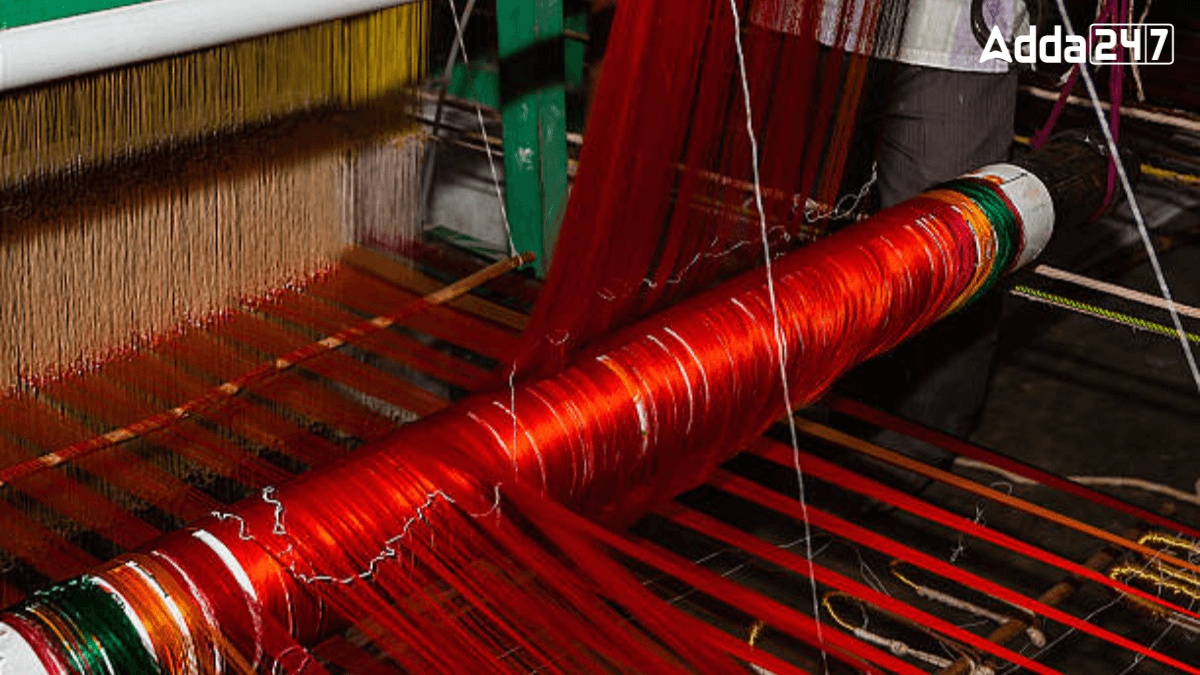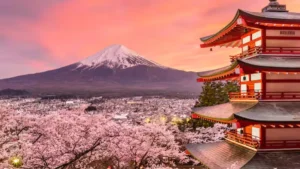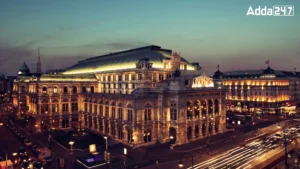Karnataka, located in southern India, is a state known for its rich culture, history and natural beauty. It is home to vibrant cities, lush greenery, ancient temples and a thriving textile industry. The state plays a vital role in India’s silk production, earning it a reputation as a hub for traditional craftsmanship and trade. In this article, we will know about the district of Karnataka which is known as the “Silk City of Karnataka.”
Silk City of Karnataka
Ramanagara district, often called the Silk City of Karnataka, is famous for its silk production and sericulture activities. Located close to Bengaluru, it plays a vital role in creating the renowned Mysore Silk. Let us explore more about this special place.
Why is Ramanagara Known as the Silk City of Karnataka?
Ramanagara is called the Silk City of Karnataka because it is a major hub for sericulture, the farming of silkworms. It produces high-quality silk used to make the famous Mysore Silk. The district also hosts Asia’s largest cocoon market, selling around 40,000-50,000 kilograms of cocoons daily, supporting the silk industry significantly.
Asia’s Largest Cocoon Market
Ramanagara is home to one of the largest cocoon markets in Asia. Every day, around 40,000 to 50,000 kilograms of cocoons are sold in this bustling market, making it a hub for silk production in India.
Location of Ramanagara
This district is located about 50 kilometers southwest of Bengaluru, along the Arkavati River. Its proximity to Bengaluru makes it a convenient location for trade and commerce.
Historical Background of Ramanagara
Ramanagara has a rich history. During the time of Tippu Sultan, it was called Shamserabad. Later, it was renamed Closepet after a British officer, Sir Barry Close. Over time, the name evolved into Ramanagara, reflecting its cultural and regional identity.



 Which Country is Known as the Land of Ch...
Which Country is Known as the Land of Ch...
 Which Bird is known as the King of Birds...
Which Bird is known as the King of Birds...
 Which City of Austria is Known as the Ci...
Which City of Austria is Known as the Ci...







